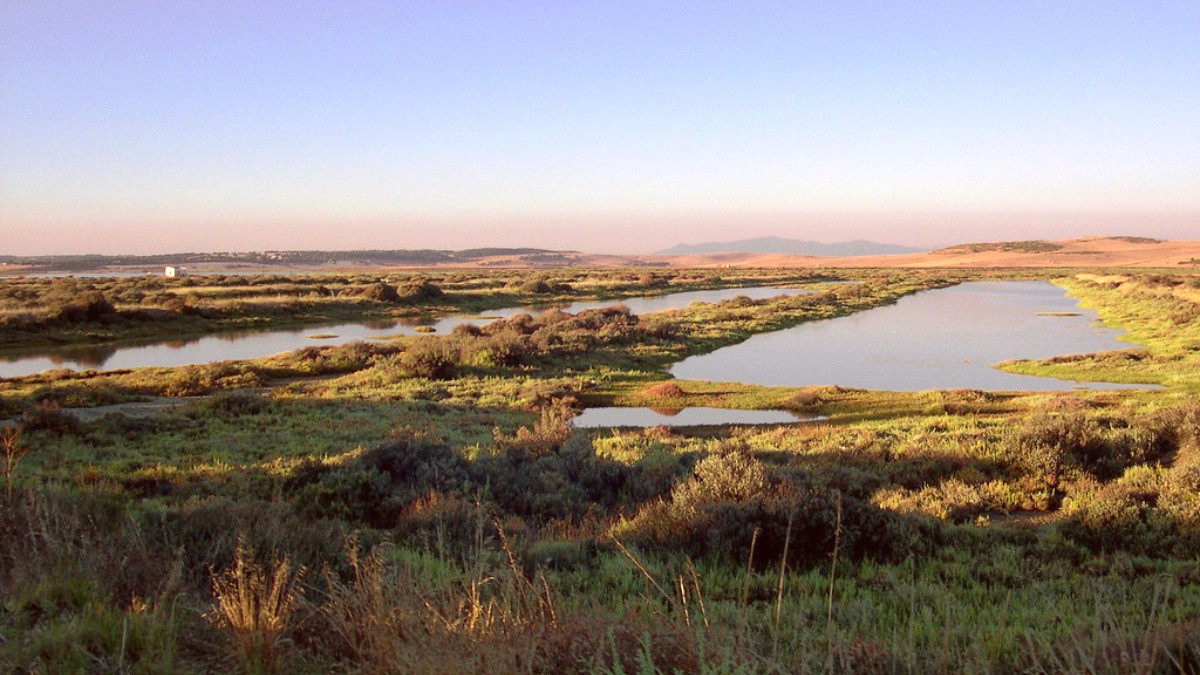
Andalucia, Spain
Cadiz's food traditions are deeply rooted in its coastal location and Andalusian heritage. Centuries of fishing shaped its reputation for fresh seafood, with Phoenician and Roman influences.
The proximity to the "Sherry Triangle" integrates Sherry wine into its gastronomy for both drinking and cooking. Tapas culture stands at the center of dining, inviting social eating and sampling a variety of dishes.
Order several small dishes (tapas) to share, moving between different bars. This is a social activity, allowing variety.
Lunch (almuerzo) is from 2:00 PM to 4:00 PM. Dinner (cena) is late, usually from 9:00 PM onwards. Many restaurants close between services.
Meals are unhurried affairs. Tipping is not mandatory, but appreciated for good service.
Crispy, thin fritters with tiny local shrimp. A specialty of the bay, for their unique texture and flavor.
A signature dish not to miss.
An assortment of small, lightly battered and deep-fried fish (anchovies, sardines, squid, dogfish). Find it at a "freiduría."
Quintessential Cadiz experience.
Marinated dogfish fried in a crispy batter, often served with a squeeze of lemon. The marinade a distinctive, tangy flavor.
A tangy, fried delight.
Fried dough pastries, eaten for breakfast or merienda, dipped in thick hot chocolate.
Red wine mixed with lemonade or soda water, a refreshing summer drink.
El Faro de Cádiz: A renowned institution for high-quality traditional Cadiz cuisine, specializing in seafood. Maintains its reputation.
Numerous options exist throughout the Old Town. Seek places advertising "cocina gaditana" for authentic local flavors.
Mercado Central: Offers numerous food stalls (gastrobars) selling fresh seafood, tapas, and local specialties. Excellent for casual, affordable meals.
Increasingly available, especially in larger cities. Many tapas bars contain vegetable-based dishes (patatas bravas, pimientos de Padrón, gazpacho, salads).
Look for labeled menus or use apps like HappyCow.
Awareness is growing. Many restaurants can guide you. Learn phrases like "Soy celíaco/a" (I am celiac) and "sin gluten" (gluten-free) or use a Translation app.
Halal/Kosher options are limited; consider self-catering.
Learn to prepare traditional Cadiz dishes, often with a market visit.
A short trip to Jerez for a tour and tasting. Highly recommended.
Erizada (Sea Urchin Festival) and Ostionada (Oyster Festival) before Carnival.
Lively atmosphere, fresh seafood, and local delicacies at the Central Market.
A rich, sweet dessert made from egg yolks and sugar, similar to a flan.
Its name means "heaven's bacon" due to its rich texture and color.
Often served with meals, sometimes for a small charge. Politely decline if not wanted.
Ordering a drink may include a small complimentary tapa.
Cadiz's main food market transformed into a culinary hub. It features gourmet stalls, fresh produce, and seafood.
Tapas are a fun way to experience variety. Late dining hours are typical.
Several local companies conduct cooking classes focused on Andalusian or Cadiz cuisine.
In the wider province, visits to olive oil mills or cheese producers are an option.
Erizada (Sea Urchin Festival) and Ostionada (Oyster Festival) are held before Carnival.
Experience the lively market atmosphere while sampling fresh seafood and local delicacies from various stalls.
A hub for food lovers.
A short trip to Jerez de la Frontera for a sherry bodega tour and tasting is highly recommended.
Wineries like Tio Pepe and Lustau conduct tours.
Cadiz's cuisine has fresh seafood at its core, influenced by centuries of fishing and port history.
Sherry wine, from nearby Jerez, forms an integral part of Cadiz's gastronomy.
Ordering several small dishes (tapas) to share is central to the social dining experience.
Explore the Mercado Central for a wide variety of local flavors at affordable prices. Consider visiting during food festivals for unique culinary celebrations.